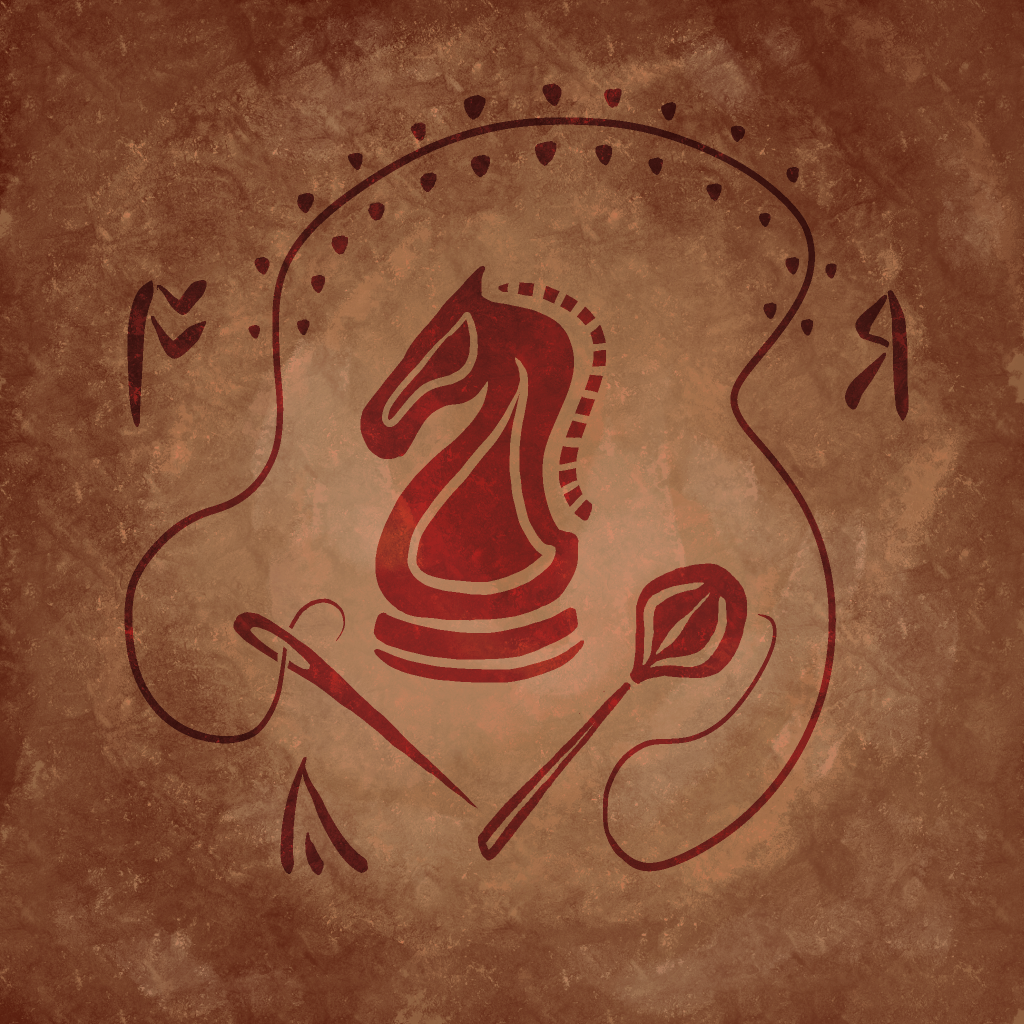
Over the years I’ve spent in inclusive Heathen spaces online, I’ve seen many people ask questions about which Gods might be seen as trans, non-binary, genderfluid, etc. I’ve been part of many discussions on this, on how different ideas of gender relate to the Gods, and I have more thoughts on this than I can fit into a short message on Discord. This essay is an attempt to lay those thoughts out in a more thorough and systematic way.
Continue reading “On sex, gender, the Gods and metaphor”








